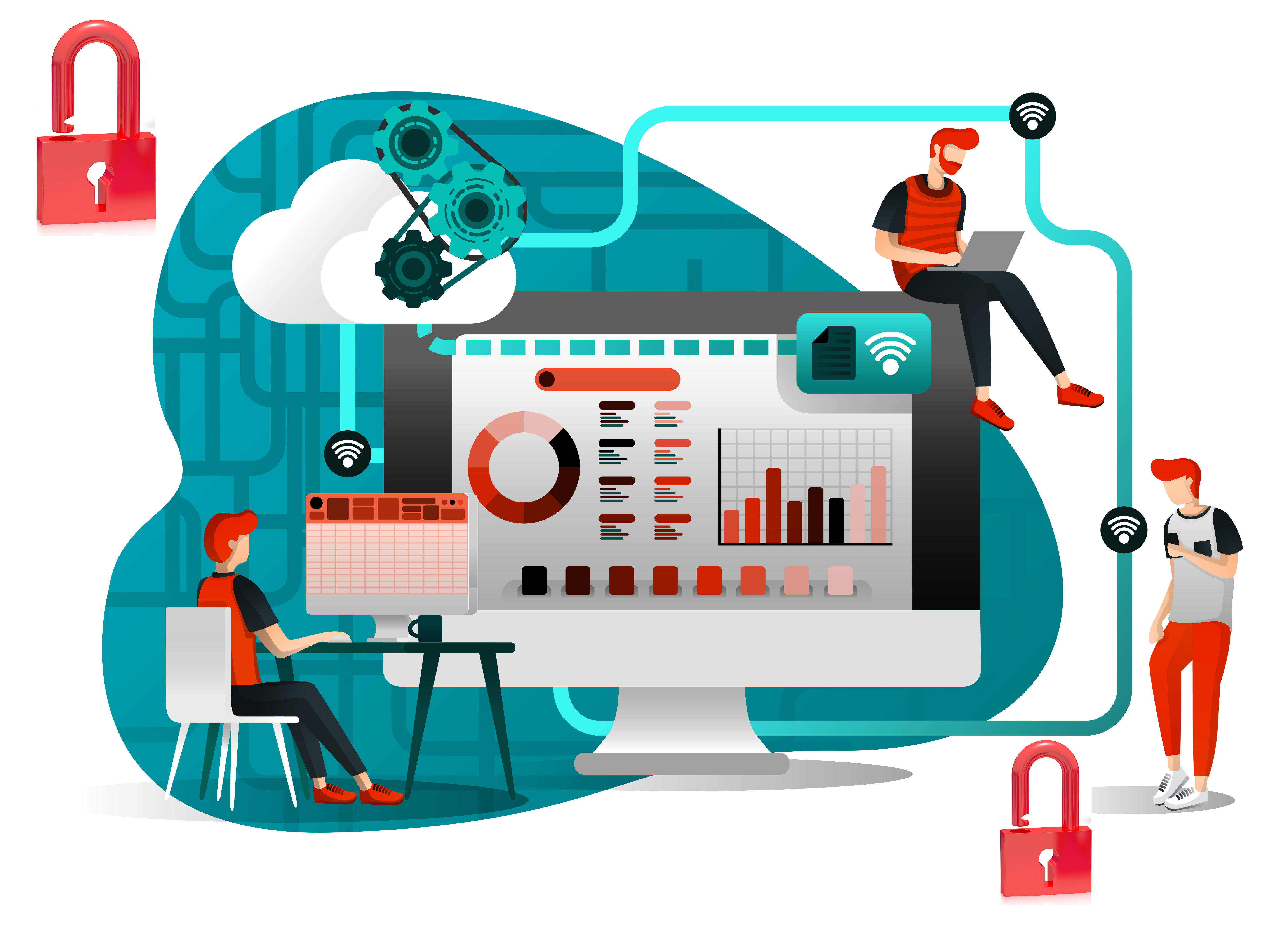Meet the Cisco Meraki Z Series
Unless you’ve been living under a rock for 2020, you’ve probably heard about the massive shift to remote work. While that change is well underway, businesses are still playing catch up to get the right solutions in place for their remote workers’ security and performance. Enter Cisco Meraki Z Series Teleworker Gateways.
Telework is literally this appliance’s middle name, so you know you’re looking at a strong answer. The Z Series combines enterprise-level firewall security with a VPN gateway and a wireless router, all in one compact package. They’re purpose-built to securely extend Meraki’s cloud managed networking to the work from home crowd. Let’s take a closer look at what the Z Series offers to improve your remote work days.


Cisco Meraki Z Series Models
The Cisco Meraki Z Series consists of two hardware models, the Z3 Cloud Managed Teleworker Gateway and the Z3C LTE Teleworker Gateway. The models are virtually the same, except the Z3C offers an additional cellular failover option with an integrated CAT 3 LTE Modem. The first entry in the series, the Cisco Meraki Z1, reached end of sale in July of 2018. Now let’s get more into the specific features you can expect from Z Series Teleworker Gateway appliances.
How Many Devices Can the Z3 Support?
The Cisco Meraki Z3 and Z3C are made for remote workers’ home office setups. Therefore, they support a typical power user’s home network, with a recommended max of 5 devices – also known as clients. Devices can mean desktop computers, laptops, printers, phones, and more.
Cisco Meraki Z3 Tech Specs
Physically, the Cisco Meraki Z3 and Z3C share similar footprints, with the Z3C weighing in a quarter pound more and measuring an inch longer thanks to its internal modem. That of course just means the difference between under a pound and slightly over a pound, so if you have a desk (or table, or shelf, or whatever), you’ll find a spot. Otherwise, their features are identical:
- 4 wired LAN ports – incl. one 802.3af PoE port, ideal for phones
- 1 GbE WAN port
- 1 USB 2.0 port (for 3G/4G failover)
- Dual-band 802.11ac Wave 2 WiFi, 2×2 MU-MIMO
- Stateful firewall throughput: 100 Mbps
- VPN throughput: 50 Mbps
Z Series: In Summary
In case reading tech specs isn’t your thing, allow us to elaborate. When it comes to firewalling, the Z Series has you covered with Cisco Meraki firewall security and solid throughput for a home user. This keeps threats from entering the home office environment. Plus, you can separate work and home traffic for added protection. When it comes to wireless, you get a Wave 2 router with support for up to 4 SSIDs (with guest access) and a data rate up to 1.3 Gbps.
When it comes to remote work connectivity, you get Auto VPN. With Meraki’s self-configuring Auto VPN technology, administrators can deploy network services including VoIP & remote endpoints without needing to walk-through the home user. Your home workers get secure, zero-touch site to site connectivity to HQ and all the apps and files therein. And when it comes to management, you get Cisco Meraki’s single-pane-of-glass, cloud-based dashboard. In addition, there are throughput, connectivity monitoring, & email alerts, plus automatic firmware upgrades & security patches.


How to get the Z Series
First, choose between the Cisco Meraki Z3 and the Z3C if you need the added failover assurance of the internal cellular modem. And then, choose your support subscription length. Then, to get all the management, reporting, firmware updates, support, and zero-touch deployment you can handle, choose your enterprise license. Select a subscription length of 1, 3, 5, 7, or 10 years. And remember, all Cisco Meraki appliances require an active license to operate.






